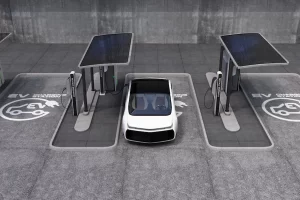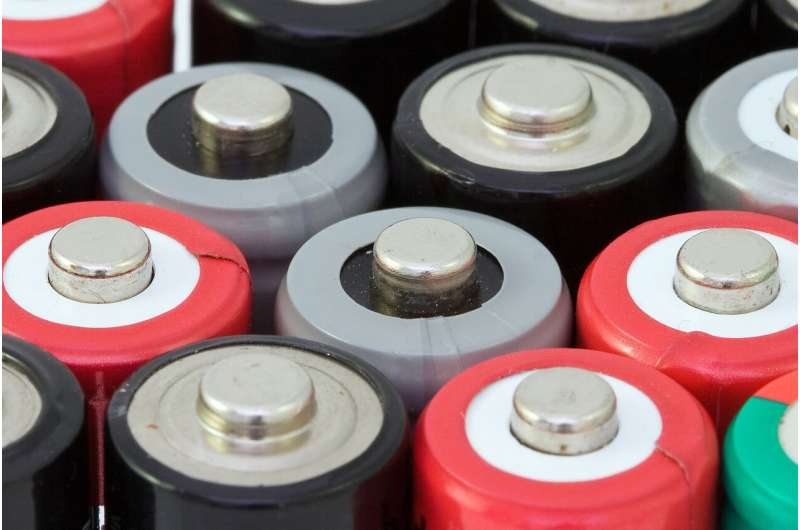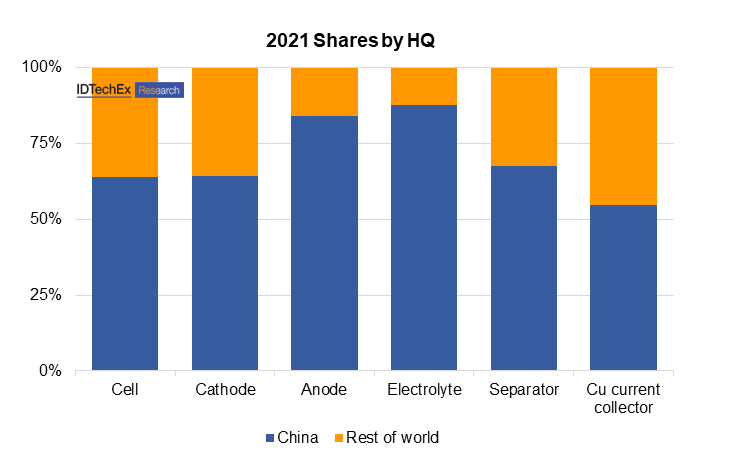
The lithium-stock roller coaster has taken another sudden dive this week, jolted by a drop in the price of the key battery metal in Chinese markets. Following last week’s 11%-14% surge for Albemarle (ALB), SQM (SQM) and Livent (LTHM), the stocks tumbled by nearly double-digit percentages by Tuesday morning, before staging a partial recovery.
But it’s not clear whether there’s much substance behind the selling pressure. Credit Suisse analyst Saul Kavonic attributed a 7% drop in lithium carbonate futures pricing on the Wuxi exchange to “speculation in China that a major cathode producer might have slashed production targets and some Chinese firms forecasting softening in the market later in 2023.”
On Thursday, the online Beijing-based publication Pandaily wrote that two Chinese battery firms, EVE Energy and Gotion Hi-Tech, were denying rumors that they were planning to curb production because lithium carbonate prices had topped 600,000 yuan per ton, equivalent to $85,173.
Lithium Supply And Demand Outlook
Chinese firms aren’t the only ones looking for softer lithium prices. Goldman Sachs reiterated its bearish call last week, with analyst Aditi Rai saying “overcapacity and slowing EV sales” should put downward pressure on lithium prices that’s likely to build in the second half of 2023.
With weak global economic growth expected in 2023, a key question is the extent to which burgeoning EV demand can withstand cyclical softness. Goldman expects lithium supply to move from a 84,000-ton deficit this year to a 76,000-ton surplus, as softer demand meets higher output.
Yet lithium supply forecasts have a history of being too optimistic. Earlier this month, Albemarle reaffirmed its full-year guidance for lithium-division EBITDA growth of 500% to 550%. The guidance built in potential for upside in average pricing, but also some possible downside for Q4 volume growth, if production ramps hit some speed bumps.
The big picture is that automakers and battery suppliers are scrambling to attain the lithium supplies they’ll need to meet their EV sales targets for 2024, 2025 and beyond. In July, General Motors (GM) agreed to pay Livent $198 million in advance to secure supply starting in 2025.
SQM management will likely offer their take on the outlook for lithium supply and demand in a Q3 earnings call on Thursday, after posting earnings late Wednesday.
ALB Stock
ALB stock sold off hard in the first half-hour of trading on Tuesday, losing as much as 14% from last week’s close. That dragged ALB stock down to its 50-day line at about 280. By the close of Tuesday’s stock market action, ALB stock had regained its footing and was off 6.5% at 295.86.
ALB stock is now far below a 308.34 official buy point cleared last week, but it’s recovered back above an early entry at around 288.
LTHM stock knifed through its 50-day line around 31 early Tuesday, falling as low as 28.90. At the close, LTHM stock was down 6.8% to 30.02.
SQM stock fell 2.4% to 102.50, bouncing from just above its 50-day line. That’s after sliding 5.5% on Monday. SQM stock has a 115.82 cup-base buy point, but could be working on a handle.
ALB stock is on the watchlist for the IBD Leaderboard portfolio of elite stocks. SQM and LTHM stocks are both part of the flagship IBD 50 list.






